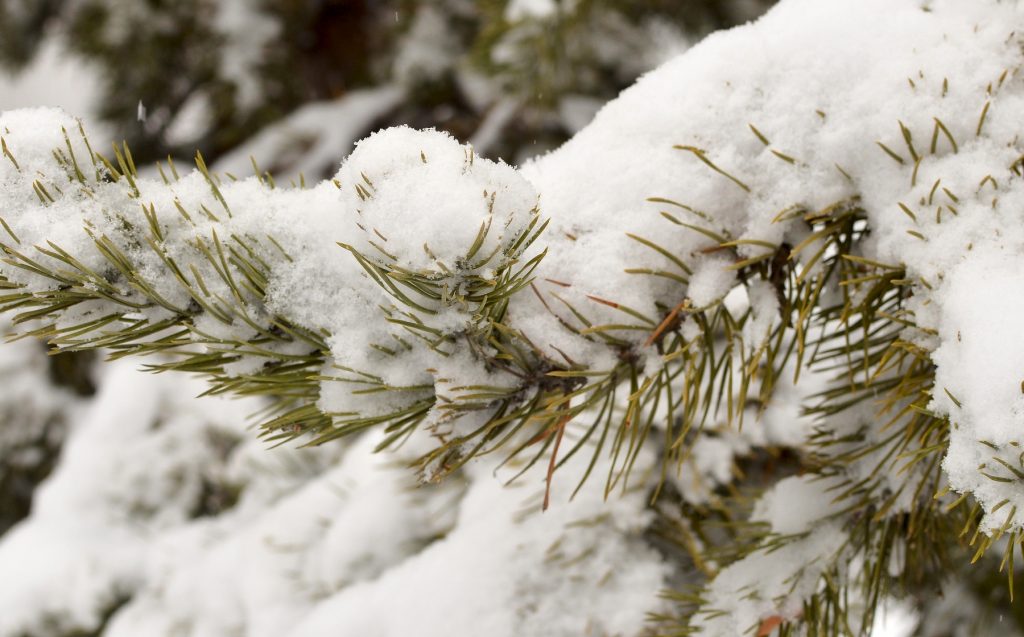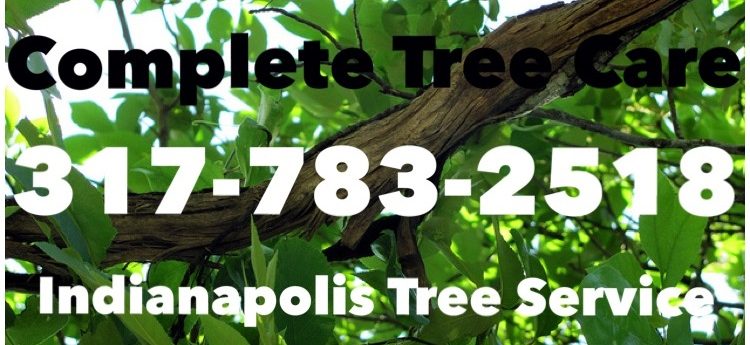Winter is hard on trees. It may not look like it, but the cold climate and harsh conditions can cause a long list of hardships, even for coniferous trees like evergreens. The ultimate way to better protect your evergreen landscaping trees from freezing temperature and inclement winter weather is stay on top of your routine tree care checklist throughout the winter season. Additionally, consider adding anti-desiccant treatments to your checklist too. Unsure about the effects and applications of anti-desiccants on evergreen trees? You are not alone.
Continue reading to learn some brief, fundamental facts about such tree care treatments, including how they help trees survive the winter and where you can find trusted winter tree service near you.

Coniferous Tree Damage in Winter
In general, the most damaging effect on trees is the loss of moisture they experience. Through tiny pores on their needles or leaves, trees will lose moisture and dry out. Because of the extreme dry air and harsher winds, the rate of moisture loss in trees is drastically accelerated, which causes a faster decline compared to other seasons of the year. Coniferous trees react to these elemental conditions by drawing more and more water from the roots to feeds the leaves or needles. As a result, trees experience all sorts of health problems, primarily needle discoloration and loss. This tree health problem is known as winter burn, or winter desiccation.
Anti-Desiccants Can Prevent Winter Burn
A common method of preventing the affects of winter weather and moisture loss in trees, including winter burn, is to include anti-desiccant treatments to your regular tree care routine. Anti-desiccants are effective at abating this cycle of water over-consumption and needle loss in trees because they are specially formulated to stop moisture in its tracks. Anti-desiccant treatments are a wax coating application applied to the needles and leaves of trees that acts as a barrier against harsh winters, freezing temperatures and dry air. Think of anti-desiccant coatings like your hand moisturizers or house humidifiers, which promote moisture retention and abates moisture loss in our skin.
Additional Ways to Protect Trees in Winter:
► Mulch Around Trees
► Insulate/Wrap Tree Trunks
► Brace Young or Vulnerable Trees
► Prevent Deer Damage
► Remove Heavy Snow on Branches
► Keep Ice Salts Away
► Prune in the Spring and Fall
► Annual Tree Inspections
Where to Get Winter Tree Service in Indianapolis, Indiana
Call Complete Tree Care at 317-783-2518 for Indianapolis tree service you can trust. We are highly trained and experienced tree care technicians that offer commercial and residential tree services at affordable prices. Request an estimate or advice anytime. Contact us to learn more about tree care in Indianapolis, IN today.



